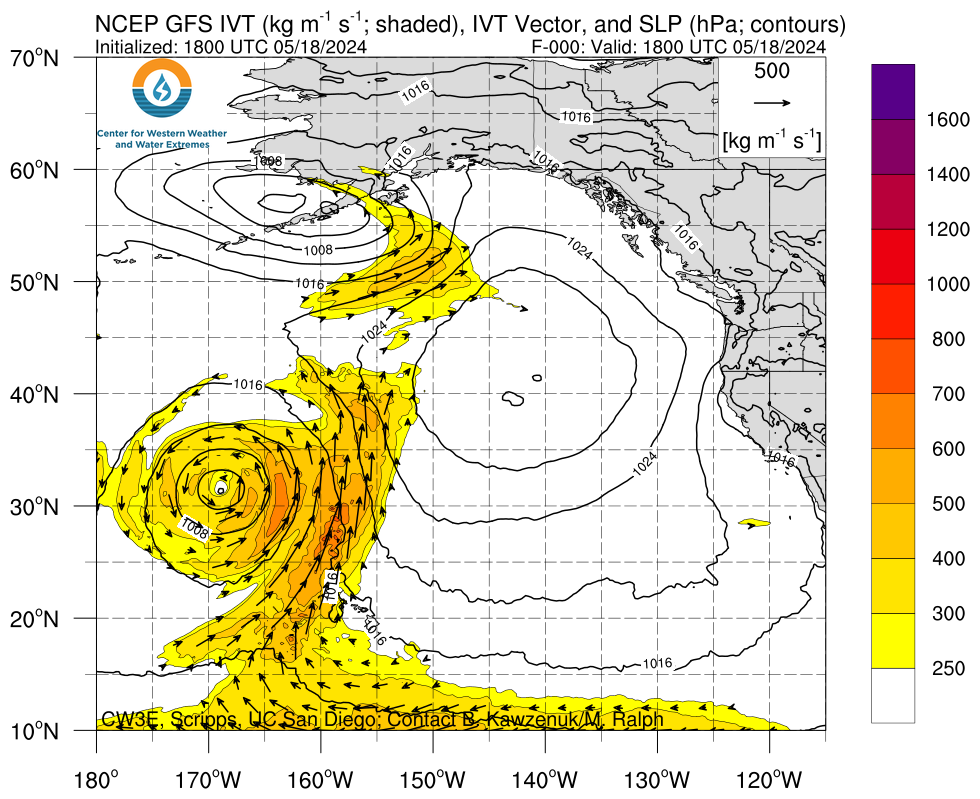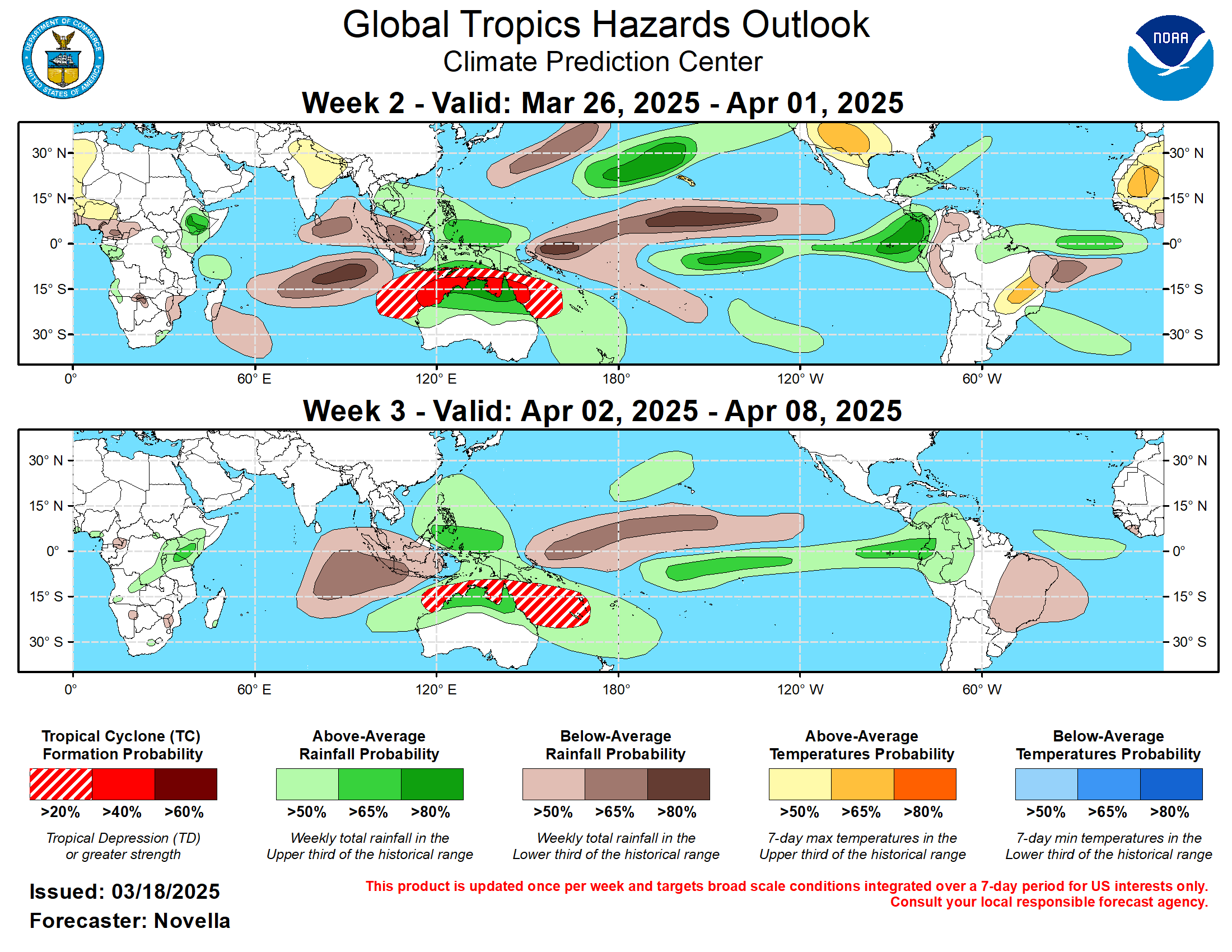This article focuses on what we are paying attention to in the next 48 to 72 hours. The article also includes weather maps for longer-term U.S. outlooks and a six-day World weather outlook which can be very useful for travelers.
First the NWS Short Range Forecast. The afternoon NWS text update can be found here after about 4 p.m. New York time but it is unlikely to have changed very much from the morning update. The images in this article automatically update.
Short Range Forecast Discussion
NWS Weather Prediction Center College Park MD
Wed Sep 11 2024
Valid 12Z Wed Sep 11 2024 – 12Z Fri Sep 13 2024…Hurricane Francine is forecast to make landfall in Louisiana later this
evening with damaging winds, life-threatening storm surge, and torrential
rainfall……A round of moderate to heavy rain with high-elevation snow forecast
throughout the northern Rockies……Elevated to critical fire weather concerns across much of the Great
Basin and portions of the High Plains…Ample attention is on the central Gulf Coast today as Hurricane Francine
is anticipated to make landfall in Louisiana this evening before spreading
impacts north to the Mid-South through the end of the week. Once the storm
pushes onshore south-central Louisiana tonight, life-threatening weather
conditions are expected to impact parts of the state, including the cites
of Lafayette, Baton Rouge, and New Orleans. Hazardous weather conditions
include storm surge, strong winds, torrential rainfall, and a few
tornadoes. While the strongest winds and peak storm surge are expected to
occur closer to the center of Francine in south-central portions of
Louisiana, the heavy rain and tornado threats are forecast to span much
farther east along the central and eastern Gulf Coast, including southern
Mississippi, Alabama, and the Florida Panhandle. In total, Francine is
expected to produce rainfall amounts of 4 to 8 inches, with local amounts
to 12 inches for the central/eastern Gulf Coast through Thursday night.
This rainfall could lead to considerable flash and urban flooding. As
Francine pushes northward into the Mid-South and weakens by the end of the
week, additional heavy rain is possible and could lead to scattered
instances of flash flooding. Additionally, a lingering frontal boundary
draped across the Florida Peninsula could lead to localized flash flooding
concerns over the next few days. Residents under hurricane-related
warnings should follow advice of local officials, including evacuation
orders, and never drive across flooded roadways.A separate weather system will also impact the Nation through the end of
this week, with moderate to heavy rain and gusty winds impacting parts of
the Intermountain West and northern Rockies. This autumn storm will be
driven by a deep upper low crossing from the Northwest today before
closing-off and churning over the northern Rockies on Thursday. Most of
the impactful precipitation will be confined to the northern Rockies and
the High Plains on Montana. A few inches of rainfall could produce
flooding concerns throughout northwest Montana, prompting a Slight Risk
(level 2/4) of Excessive Rainfall both today and Thursday. Snow levels
dropping to around 7,000-8000 feet may also create hazardous winter-like
conditions for the high elevations of Montana Idaho, and northwest
Wyoming. The other aspect of this system will be associated with gusty
winds and increased fire weather concerns throughout the Great Basin and
High Plains. Strong winds combined with dry vegetation and low relative
humidity are forecast to be more pronounced over the Great Basin today and
increase the chances for erratic fire behavior. Additionally, elevated to
critical fire weather also exists across the High Plains and is most
apparent on Thursday as southerly winds increase in speed. Red Flag
Warnings and Fire Weather Watches have been issued throughout 10 states
between California and Nebraska. Outdoor burning is not recommended
throughout these regions and residents are reminded to not go near any
wildfires as they can spread quickly.Otherwise, a large high pressure system over the Northeast will aid in
producing tranquil weather from the Great Lakes to much of the East. Well
above average temperatures are expected to overspread the north-central
U.S. before a warming trend is also noticeable across the southern Plains
by Friday. Highs across the northern Plains, Upper Midwest, and Great
Lakes are forecast to reach into the upper 80s and low 90s, while upper
90s eventually return to the western half of Texas and eastern New Mexico.

To get your local forecast plus active alerts and warnings click HERE and enter your city, state or zip code.
Learn about wave patterns HERE.
Then, looking at the world and of course, the U.S. shows here also. Today we are looking at precipitation.
Please click on “Read More” below to access the full Daily Report issued today.
| Notices: What would you like to learn about? Please provide that to me via the comment section at the end of the article. |
Now more detail on the 48-Hour Forecast (It is a 48 to 72 Hour Forecast actually)
Daily weather maps. The Day 1 map updates twice a day and the Day 2 and 3 maps update only once a day. These maps update automatically. But if that does not happen, you can get updates by clicking HERE
TODAY (or late in the day the evening/overnight map will appear) (Key to surface fronts shown on maps and you will then also be able to insert a city name or zip code and get a local NWS forecast).
TOMORROW
NEXT DAY
We have a new animation of the forecast which shows how things may play out over the next 60 hours. To update click ANIMATION. Doing so will get you to the dashboard. You can then step through the animation or hit LOOP on the upper right of the display. You will have to hit the back arrow ← at the top left on your computer to get back into this article. It is a little more trouble than before but I think NOAA scrapped the animation routine I was using so we have to keep up with “progress”.
The NWS Climate Prediction Center’s: Watches, Warnings, and Advisories plus other information can be found HERE. That takes you to the NWC Severe Weather Site. From there you can select among many categories of information. Remember to hit the back arrow ← at the top left of your screen to return to this article.
ATMOSPHERIC RIVERS
This tells us what is approaching the West Coast. Click HERE to update If I have not gotten around to doing the update. Here is some useful information about Atmospheric Rivers.
Below is the current five-day cumulative forecast of precipitation (Updates can be found HERE)
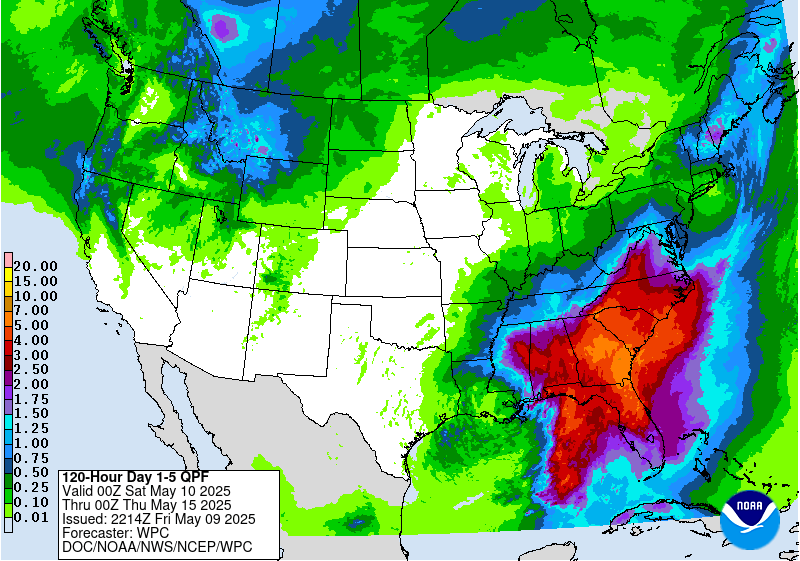
Ski SnowReports will Resume in the Fall.
Now we look at Intermediate-Term “Outlook” maps for three time periods. Days 6 – 10, Days 8 – 14, and Weeks 3 and 4. An outlook differs from a forecast based on how NOAA uses these terms in that an “outlook” presents information as deviation from normal and the likelihood of these deviations.
Below are the links to obtain updates and additional information. They are particularly useful if you happen to be reading this article significantly later than when it was published. I always try to provide readers with the source of the information in my articles. These links may also be useful for those viewing this article on a cell phone or other small screen.
| Days 6 – 10 (shown in Row 1) | Days 8 – 14 (Shown in Row 2) | Weeks 3 and 4 (Shown in Row 3 but updates only on Fridays) |
| https://www.cpc.ncep.noaa. gov/products/predictions/610day/ | https://www.cpc.ncep .noaa.gov/products/predictions/814day/ | https://www.cpc.ncep.noaa.gov/products/predictions/WK34/ |
Showing the actual maps. They should now update automatically. The Week 3 – 4 Outlook only updates on Fridays. So below is what I call the Intermediate-term outlook. On Fridays, it extends out 28 Days. That declines day by day so on Thursday it only looks out 22 days until the next day when the Week 3 – 4 Outlook is updated and this extends the outlook by one additional week.
| 6–
10
|
|
|
| 8–
14 |
|
|
| 3–
4 |
|
|
HAZARDS OUTLOOKS
Click here for the latest complete Day 3 -7 Hazards forecast which updates only on weekdays. Once a week probably Monday or Tuesday I will update the images. I provided the link for readers to get daily updates on weekdays. Use your own judgment to decide if you need to update these images. I update almost all the images Friday Night for the weekend edition of this Weather Report. So normally readers do not need to update these images but if the weather is changing quickly you may want to.
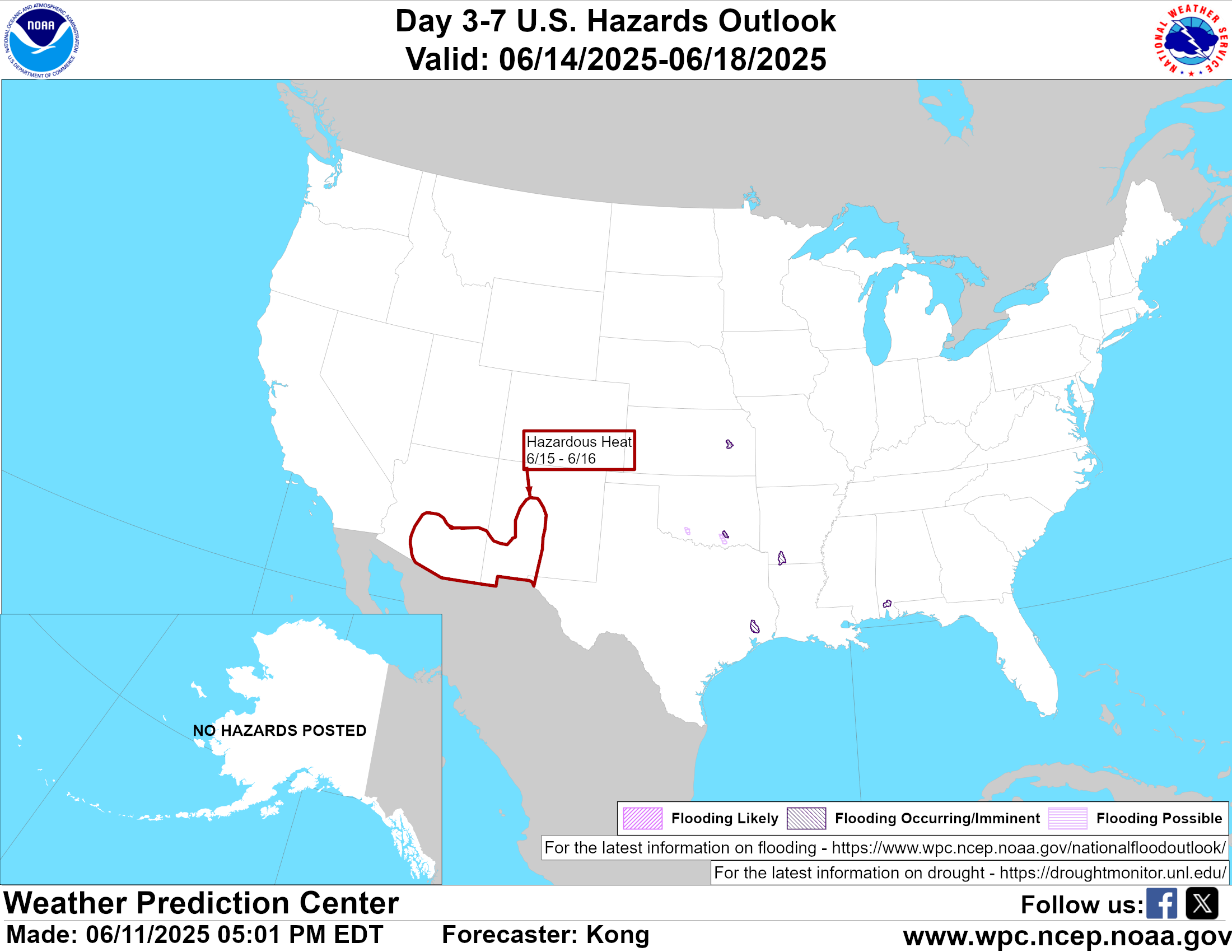
Temperature month to date can be found at https://hprcc.unl.edu/products/maps/acis/MonthTDeptUS.png
Precipitation month to date can be found at https://hprcc.unl.edu/products/maps/acis /MonthPNormUS.png
World Forecast [that website is has been intermittent so be patient]
Below are the Day 1 -3 and 4-6 forecasts for temperature and precipitation. Updates and much additional information can be obtained HERE
World Temperature Anomalies

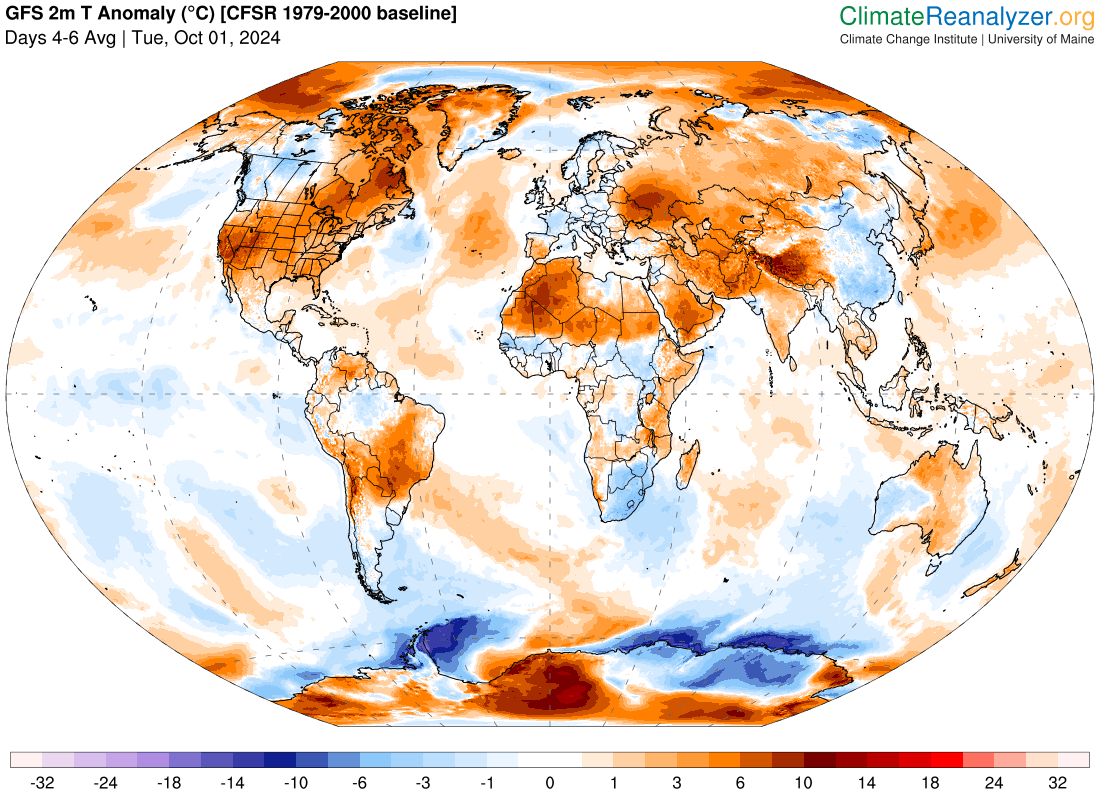
World Accumulated Precipitation
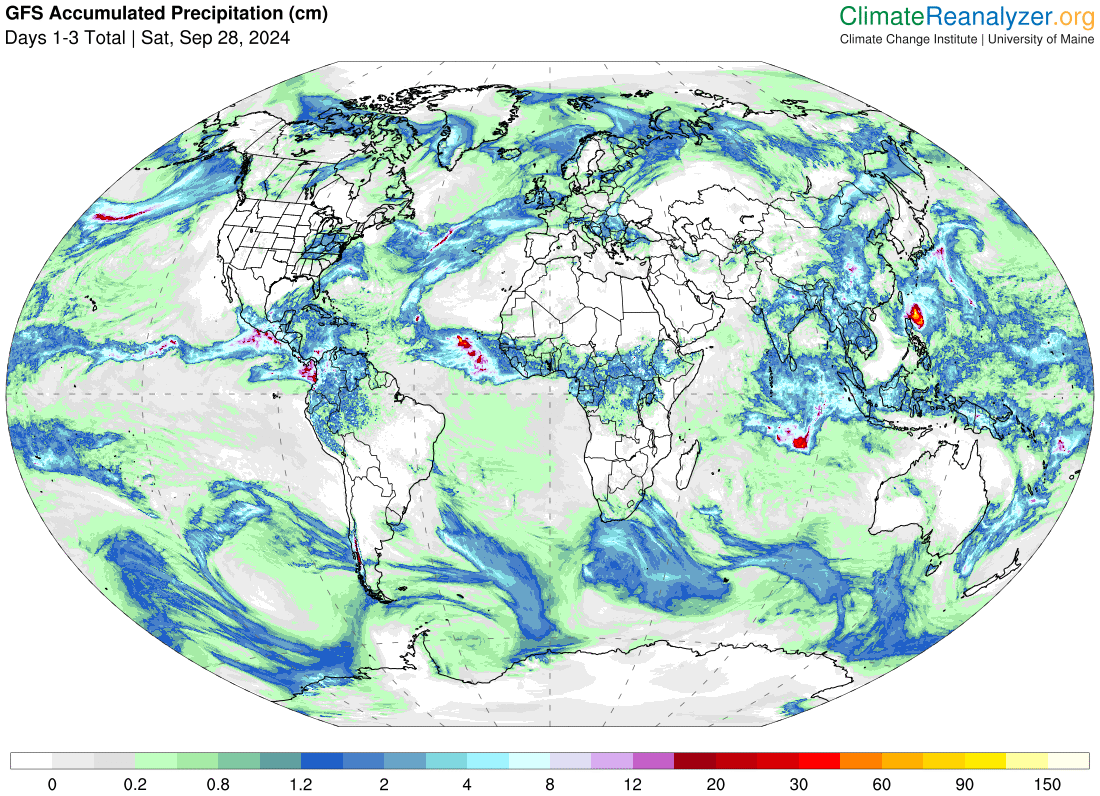

This information is provided by the University of Maine. They draw upon many different sources. There is a lot of information available at the link provided. I have just provided two useful forecasts. There are probably over a hundred different forecasts available from this source.
Worldwide Tropical Forecast (This is a NOAA Product)
This graphic updates on Tuesdays) If it has not been updated, you can get the update by clicking here Readers will only have to do that if they are reading this article much later than the date of it being published.
Information on Tropical Storms can be found HERE. Western Pacific information can be found HERE. Note that unless there is an out-of-season storm the below images will not update until the National Hurricane Center starts their seasonal update of these maps on June 1. I include them simply because there can be an out-of-season event in which case it should show up in these maps.


–
| I hope you found this article interesting and useful. |

